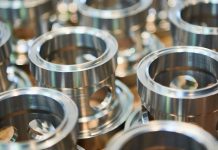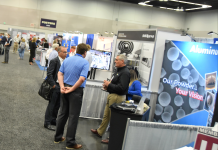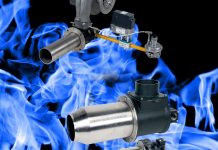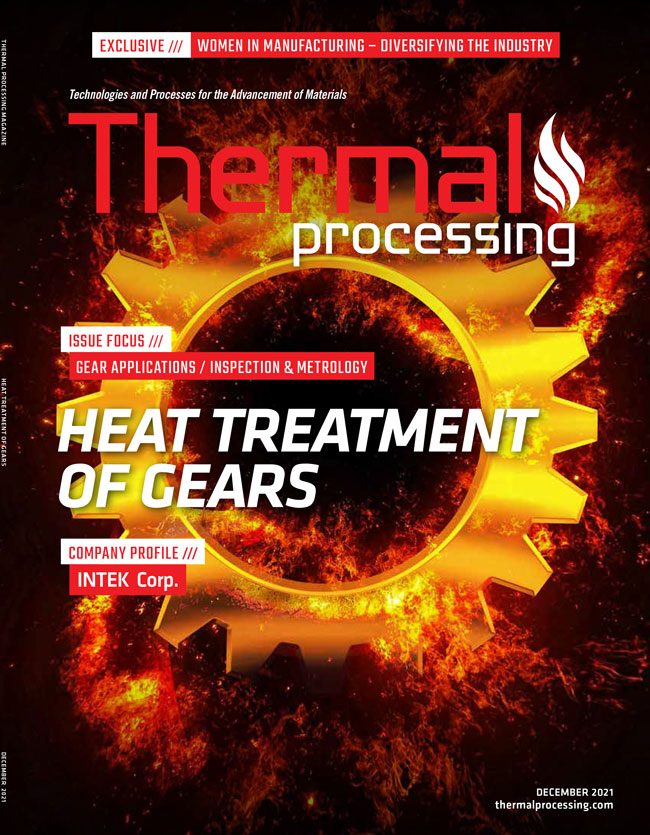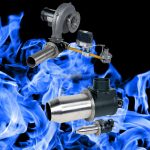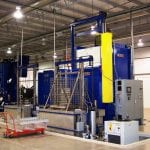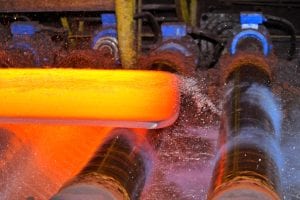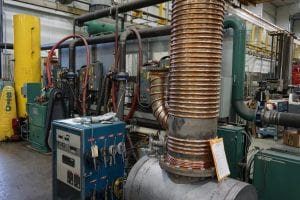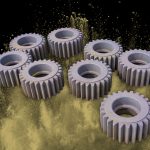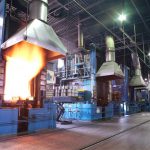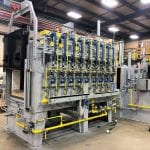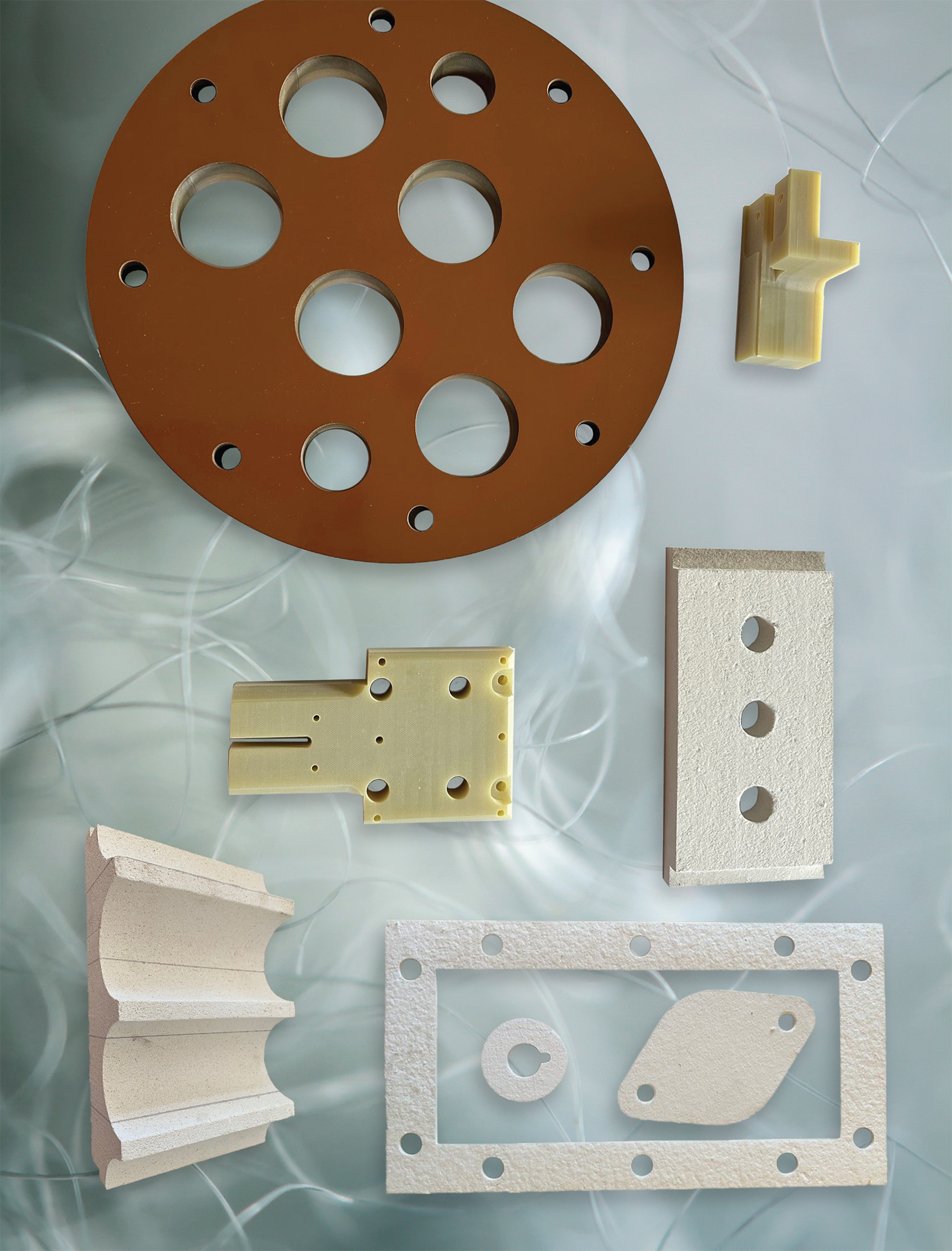What manufacturing process today does not require the application of heat? From pre-heating, drying, curing, thermoforming, annealing, potting, and more, almost every product created requires heat at some point.
Heating applications run almost the entire gamut of applications, especially in industrial settings such as the ones responsible for finishing and repairing aircraft parts, annealing metal and plastic products to increase their ductility, potting (encapsulating) electronic components, preheating corrugated metal, warming and thawing pharmaceuticals, welding and vacuum-forming plastic, textile finishing, and curing.
“Almost everything that is built or sold requires heating somewhere along the line,” said Jesse Stricker, founder of INTEK Corp., a manufacturer that specializes in designing and building electric infrared heating elements along with industrial ovens into which they are placed. “Ultimately the application of heat translates into making a better product — whether that involves strengthening metals and plastics so they are more durable, softening material so it can be properly formed or manipulated, or speeding the curing process to increase production.”
INTEK — based in Union, Missouri — represents the modern trend toward engineering efficient and precise infrared heating systems that are quickly supplanting conventional gas and electric convection ovens as the go-to choice for this important step in manufacturing.
The company offers everything from custom heating elements, standard and custom industrial ovens (including refurbished ovens), conveyor ovens, and even industrial space heaters. Although Intek can design and build an oven using any heat source (gas/ electric), the company stands out most in its application of infrared heating elements.
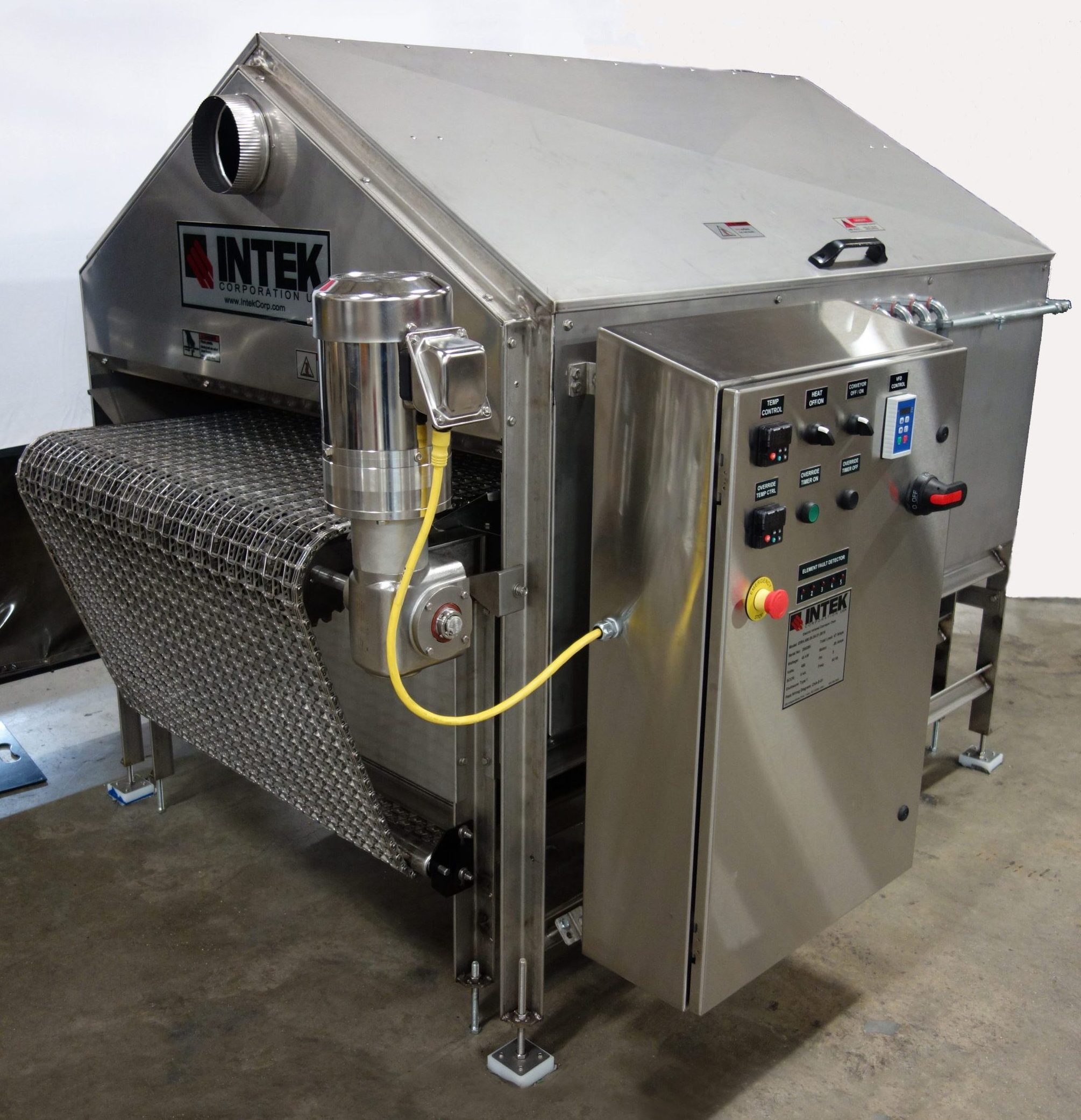
For Stricker, this is more than an area of specialization, it is about the benefits and cost savings that infrared can deliver to manufacturers.
“Because an infrared heater has no moving parts and radiates so effectively, it consumes far less energy than a conventional convection oven, which requires a fan and blower,” he said. “Infrared elements can even be retrofitted to conventional gas and electric ovens for further cost-effectiveness. One customer saved close to $100,000 because, instead of replacing their entire gas oven, they chose to install electric infrared heating elements designed to fit their application.”
According to Stricker, most customers initially look at “standard” ovens but end up with a solution customized to fit their specific needs. Such was the case for Cooper Standard, headquartered in Novi, Michigan, a leading global supplier of systems and components for the automotive industry.
“Today, we use the infrared heating after our injection molding press that makes appliqués for automobile exteriors,” said Jim Anderson, engineering manager at Cooper Standard’s Rockford, Tennessee, plant. “We used to do our batch annealing in a gas oven, but that was a two-hour process.”
Like many other manufacturers, Anderson’s plant discovered that INTEK’s infrared approach surpassed gas and electric convection heating by way of its proven precision, speed, and energy savings. Aside from these advantages of using infrared for industrial process heating, the economic benefits seem to tip the scales even further toward that option.
“We worked with Stricker at INTEK to design an oven to meet our product needs, bringing that particular step from hours (using the batch ovens] down to minutes,” Anderson said.
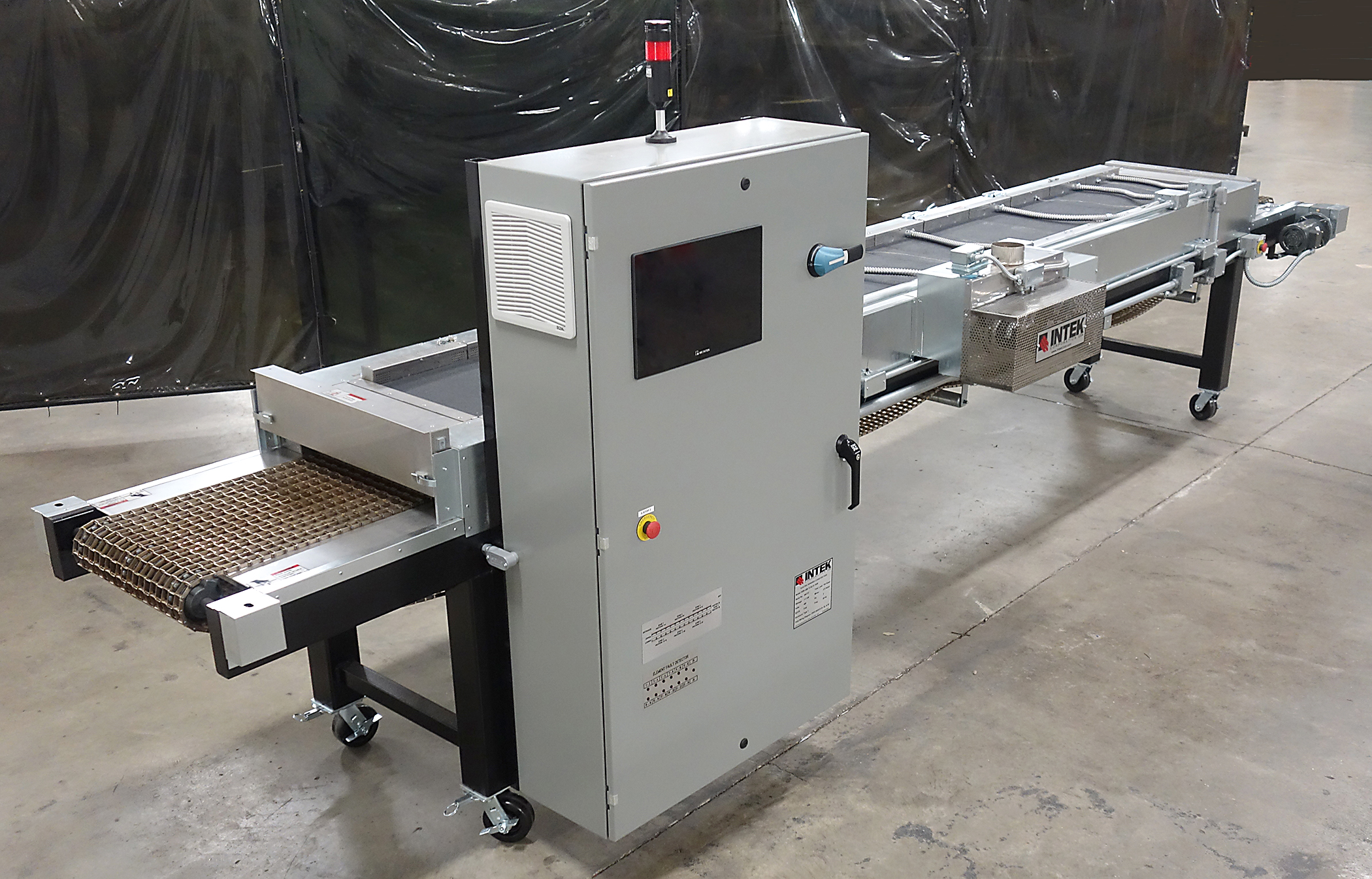
Lower production costs
Given that heating plays such an important role, the switch to infrared ovens yields substantial savings for any manufacturer from reduced energy bills and reduced floor space requirements.
Convection batch ovens transfer heat indirectly by heating moving air and hence requiring fans or blowers, which, in many situations, allow for wasted energy that is lost in the process. Additional losses stem from the requirement for heating the entire oven, even for small parts.
In contrast, electric infrared heating elements transfer energy directly to the substrate of surface area via electromagnetic radiation and thus, can operate in a vacuum and never come into contact with a part or material — all while generating temperatures approaching 1,000 degrees F or more.
“People assume that gas is the cheapest way to heat, but that’s not necessarily the case,” Stricker said. “When considering cost, it is important to include all costs: equipment purchase price, energy cost, installation cost, floor space required, maintenance cost, etc.”
On the other hand, electrically-heated infrared elements yield as much as 86 percent of their input as radiant energy that strikes the surface of a product, according to the 2008 edition of the Heating, Ventilating, and Air-Conditioning Systems and Equipment Handbook. Some designs may be as high as 95 percent in the form of useable heat, with the balance being lost through the power supply lines.
“Duty cycle also factors into efficiency,” Stricker said. “For instance, if you buy a 70 kW conventional convection oven that operates at 75 percent duty cycle and assume, for example, a 10 cents per kilowatt-hour energy consumption, that comes to $5.50 an hour. Whereas, an infrared oven generally runs at a 40 percent duty cycle, so heating cost would drop to $2.80 per hour in this scenario.”
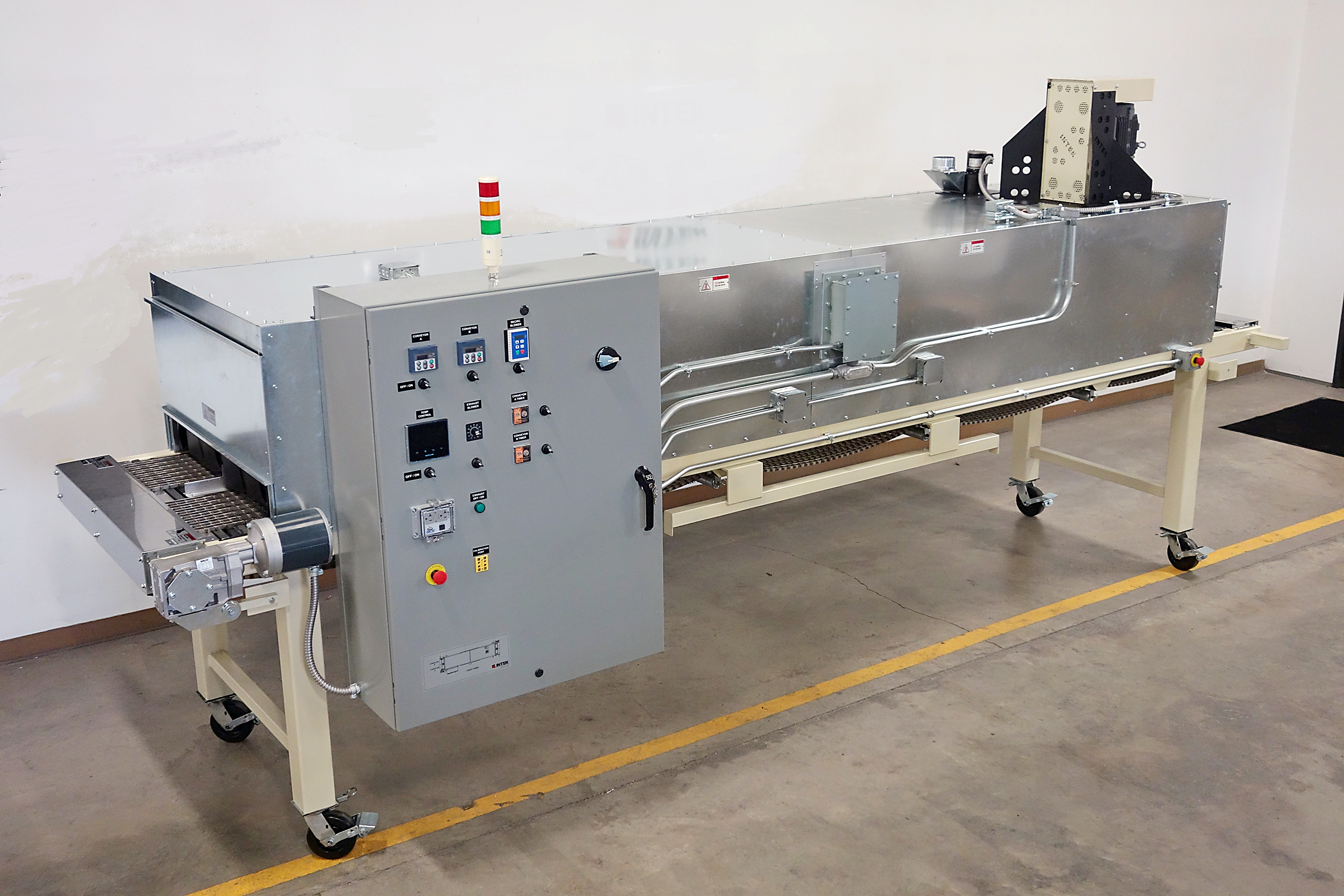
Greater control
Since the amount of infrared energy varies at each wavelength, manufacturers can adjust the wavelength of electric infrared heaters to match the heat requirements of a given substrate in the oven for optimum performance and control. Infrared heating also offers very fast response times, which is beneficial when holding precise temperature uniformity.
“We are finding that one of the main reasons engineers come to us for an infrared solution is that this technology can be customized to provide exacting control for any particular product,” Stricker said. “Every foot in a conveyor oven path can be zoned for maximum, continuous process heating efficiency, monitored by a thermocouple in each zone.”
More flexibility
If anything sets Stricker and his team of engineers apart, it’s their ability to take advantage of one of infrared’s most useful characteristics: its adaptability. Whether used in batch ovens, walk-in ovens. or conveyor systems, infrared can apply.
“We made our name through our ability to apply infrared technology to a broad range of industrial applications.” he said. “So, a plant manager can come to us, have us check out their gas or electric ovens, then we go back to our plant to design and build an entire oven system or, as a cost advantage, provide patented modular infrared replacement units for existing ovens, which may still just need a performance upgrade. The customer participates in the design and then selects the solution. This can save tons of money.”
Electric infrared heater modules — typically in 12”x24”, 12”x36”, or 12”x48” sizes — become structural members of the oven. They can be designed to work individually for small areas, ganged together for larger areas, or even ceiling hung or wall mounted.
“Because almost every process requires heating or drying at some point, we’re keeping very busy these days building our patented custom infrared ovens, modular heaters, and elements,” Stricker said.
Quite a success story for an operation that started small in 1996, but one that grew quickly as a result of the ever-present demand for heating and the advantages and benefits of infrared heating technology.
MORE INFO www.intekcorp.com










